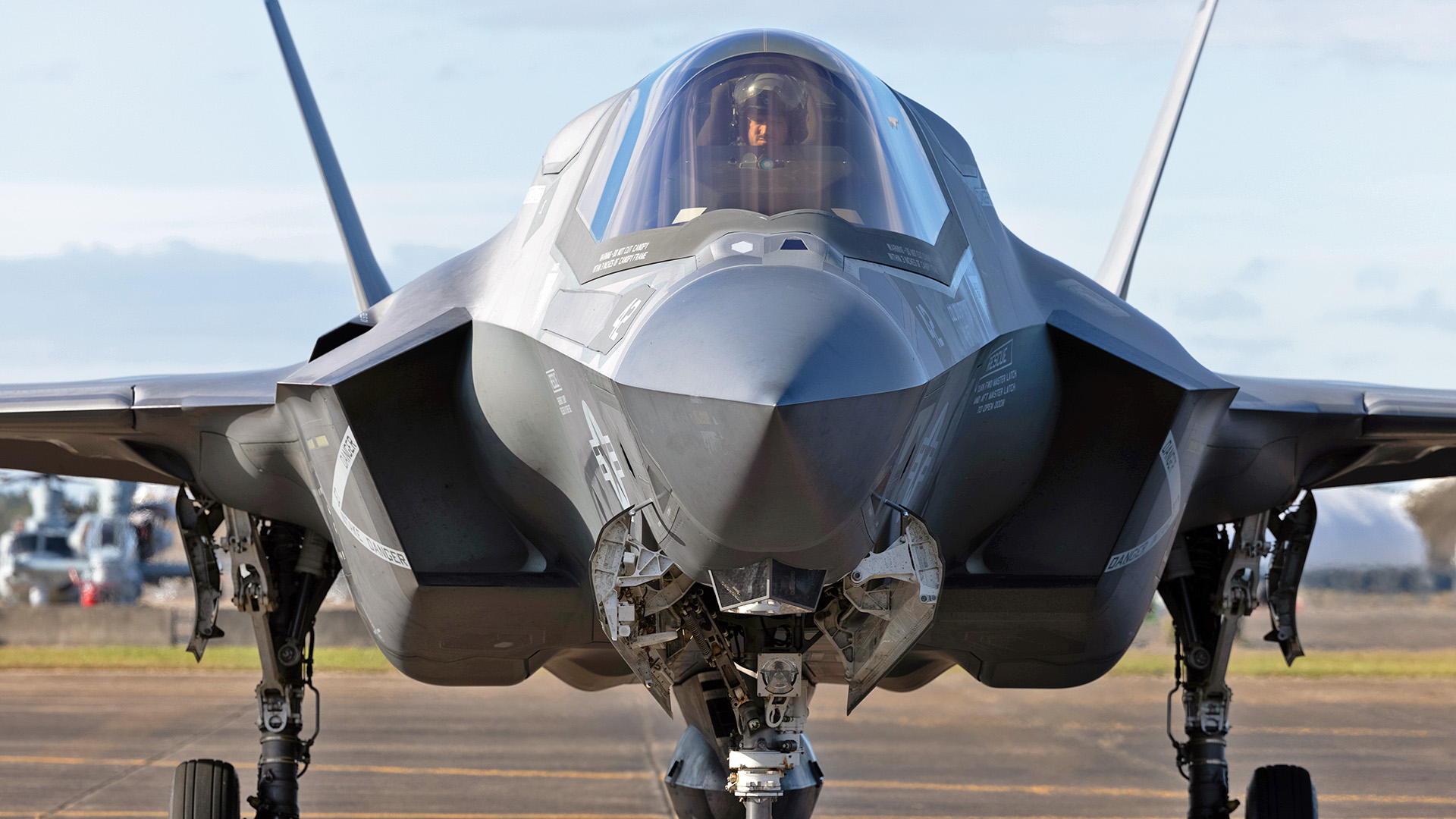When asked what the F-35’s massive upgrade initiative known as Block 4 will bring to the table, Air Combat Command boss Gen. Mark Kelly made it crystal clear that the new electronic warfare capabilities it will acquire under the effort tops his list. The stealth jet’s future relevancy in high-end conflicts may even depend on it.
These upgrades will greatly enhance what is already regarded as a powerhouse of an electronic warfare suite aboard the F-35s flying today. They will better equip the jet for future fights where dominating the battle on the electromagnetic spectrum is expected to be an absolutely critical factor in determining winners and losers on the battlefield.
It was during a media roundtable at this year’s Air & Space Forces Association Warfare Symposium in Aurora, Colorado, when Gen. Mark Kelly emphasized to reporters in attendance, including The War Zone, just how important the new electronic warfare (EW) upgrades will be for Block 4 F-35s going forward. Being led by F-35 manufacturer Lockheed Martin, Block 4 is the overarching modernization effort for all three F-35 A/B/C variants that will be implemented in the coming years.
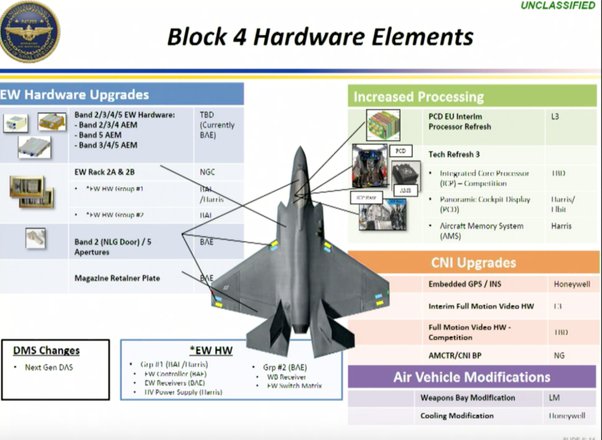
“So, as far as why we need those [Block 4] capabilities… Most of what we need the F-35 to do rests on the Block 4 electronic warfare capabilities,” said Kelly. “Those rest on the suite of hardware and software, Technology Refresh-3, that supports all that Block 4 EW. That kind of goes back to my E-7, EC-37, EPAWSS, Block 4… You’ve got to have that amount of processing power, transmitting power, speed, and sensors to punch in to truly appear a threat network.”
The successful integration of Block 4 upgrades will be dependent on a separate initiative known as Technology Refresh-3 (TR-3), which seeks to modernize the F-35’s core processor, memory unit, panoramic cockpit display system, and associated avionics. TR-3 is being described as the F-35’s new ‘computer backbone,’ as it is expected to provide 25 times more computing power than the F-35’s existing TR-2 computing system.
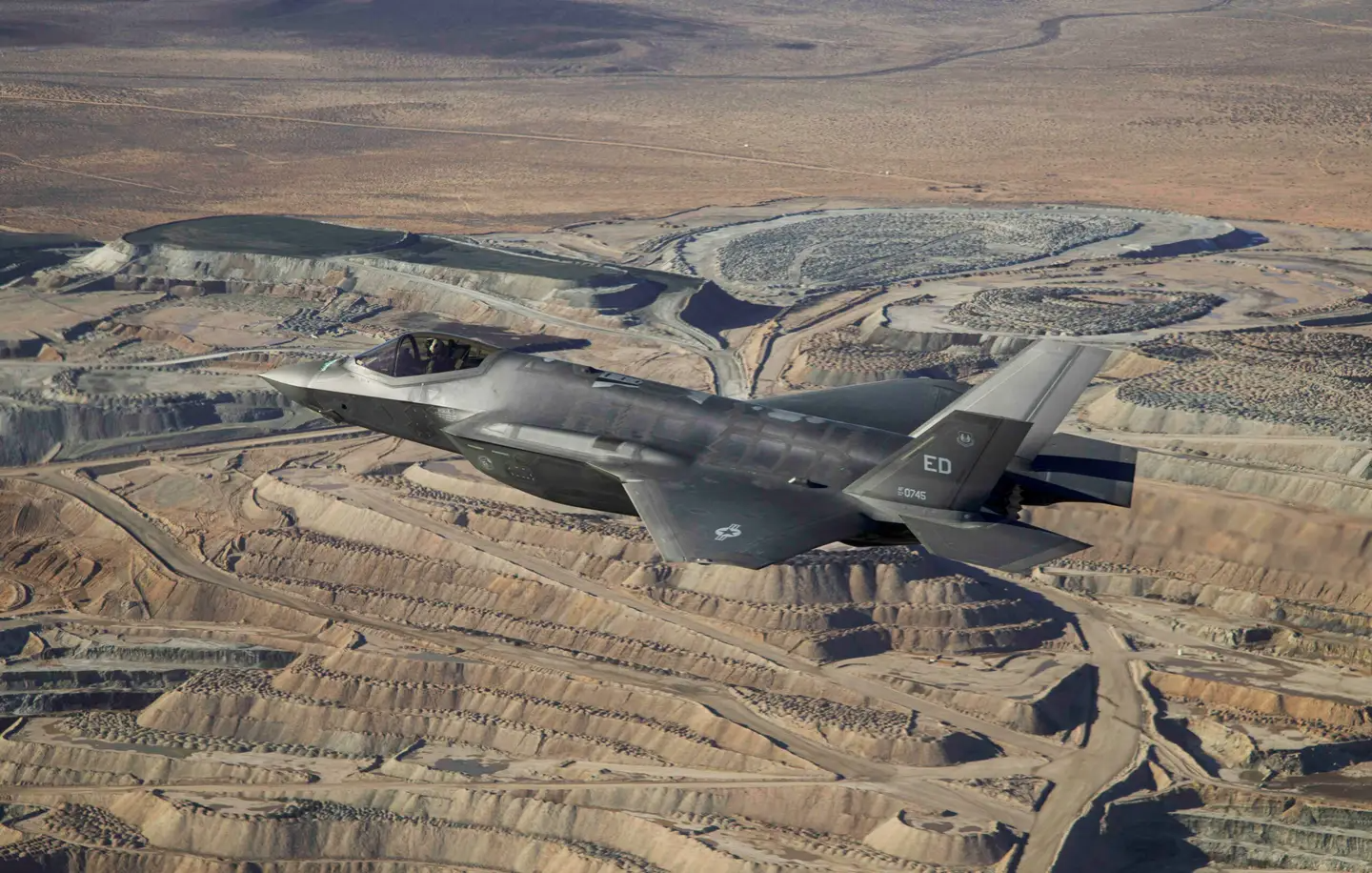
Among the many new EW capabilities the F-35 will get under Block 4 that will require this boost in processing power is a brand new multifunction active electronically scanned array (AESA) radar designated as AN/APG-85 that is being designed by Northrop Grumman. While very little is presently known about the AESA beyond that, the F-35 Joint Program Office has confirmed that it is currently slated to be installed on all Block 4 A/B/C variants, replacing the stealth jet’s existing AN/APG-81 AESA also made by Northrop Grumman.
The full list of Block 4 upgrades remains classified and is possibly still in flux to a limited degree, but others that have been publicized include a significant improvement of the jet’s Distributed Aperture System (DAS) and Electro-Optical Targeting System (EOTS). While other major enhancements to the aircraft’s EW suite are expected and have been highlighted in the past, they have largely gone unspecified.
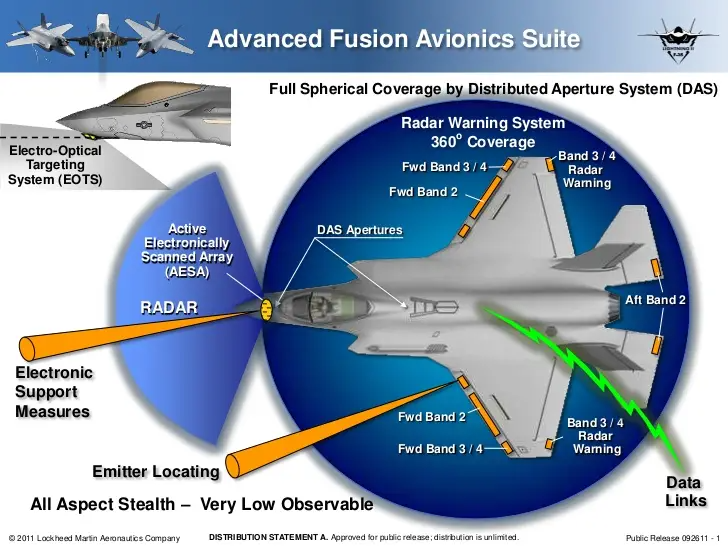
Regardless, without TR-3 and the processing power it is expected to bring, the consensus among Air Force officials is that Block 4 wouldn’t be able to achieve what the service needs it to for the F-35 program. This alone speaks to the types of upgraded capabilities that will equip Block 4 F-35s and bolster the jet’s already powerful EW suite, much of which feeds into its comprehensive Automated Logistics Information System (ALIS) backend cyber support infrastructure.
As described by Lockheed Martin, “ALIS integrates a broad range of capabilities including operations, maintenance, prognostics, supply chain, customer support services, training, and technical data” to serve as the information infrastructure for the F-35. The stealth jet possesses the critical ability to gather electronic signals from adversarial radars that emit them, and once that intelligence is loaded into the ALIS, the F-35 itself could thereby provide U.S. forces and potentially partner nations with timely, actionable information on the enemy’s electronic order of battle.
Readers of The War Zone can learn about ALIS in detail here.

“If you’re gonna go where we need to go, that software, hardware, and EW; all three have to be able to operate in a very, very robust EW environment that our peers will put up that runs the gamut across the electromagnetic spectrum,” Kelly said about the Block 4 upgrade. “Single hertz all the way through to kilohertz all the way up to high, high end. It’s the only way we can operate. It’s processing speed. We’ve got to have the most current software load, the most current hardware load, current apps, EW, all of that, or we’re not going to get as far as we need.”
A big part of ensuring the Block 4 F-35’s survivability in a highly contested environment will be the transmission and dissemination of the mission data it sucks up. Kelly noted how, as an experienced fourth-generation aircraft pilot who’s gotten the chance to fly the F-35, he’s already seeing how Block 4 and TR-3 will help the next wave of aviators manage all the electronic intelligence that the upgraded F-35s will collect.
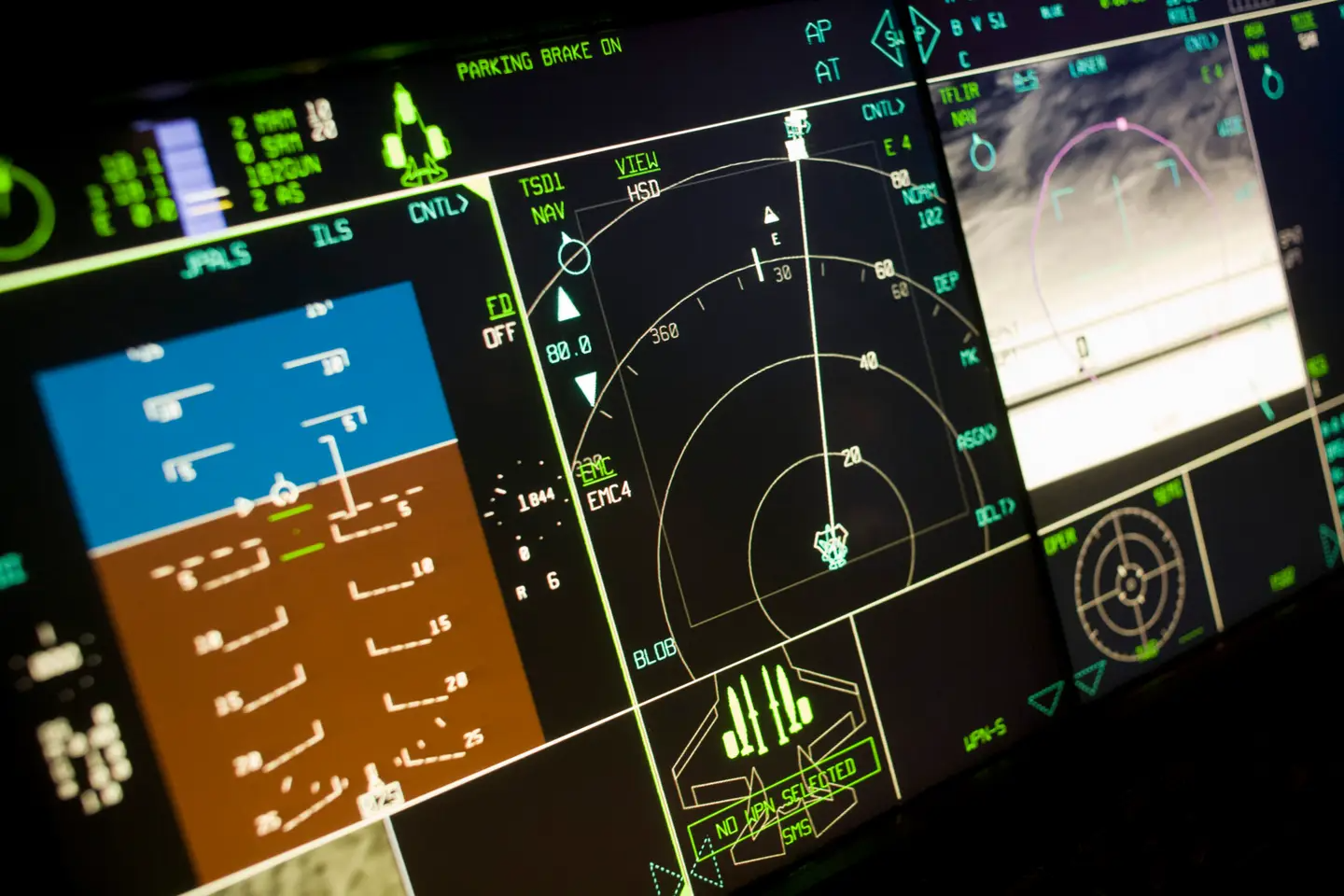
Kelly explained that, when flying fourth-generation aircraft in the past, he focused on four things: formation, radar, energy, and communications (FREC). He noted that ‘radar’ essentially translates to sensors and ‘energy’ to altitude, speed, and thrust. However, when flying the F-35 after decades of taking FREC into consideration, Kelly realized that applying that philosophy to F-35 operations wasn’t as necessary.
“This is because the formation you set in the F-35, which I’m not going to define, is very different,” Kelly said. “They’re spread out. I’ll leave it at that, they’re spread out a little bit. That’s to maximize the sensors. So, I didn’t really have to spend a whole lot of time worrying about formation.”
Kelly continued, “The radar is pretty automated and runs itself. For the energy, I would set an autothrottle, and the comms is really more data transfer and less about me talking on the radio. So, instead of doing FREC, I found myself as a below-average fifth-gen pilot managing my data, first and foremost; managing my signature, which it does a pretty good job of doing but it takes some operator input; and then managing my timeline. Meaning if intel told me ‘you can get within X number of miles from that threat don’t go further.’”
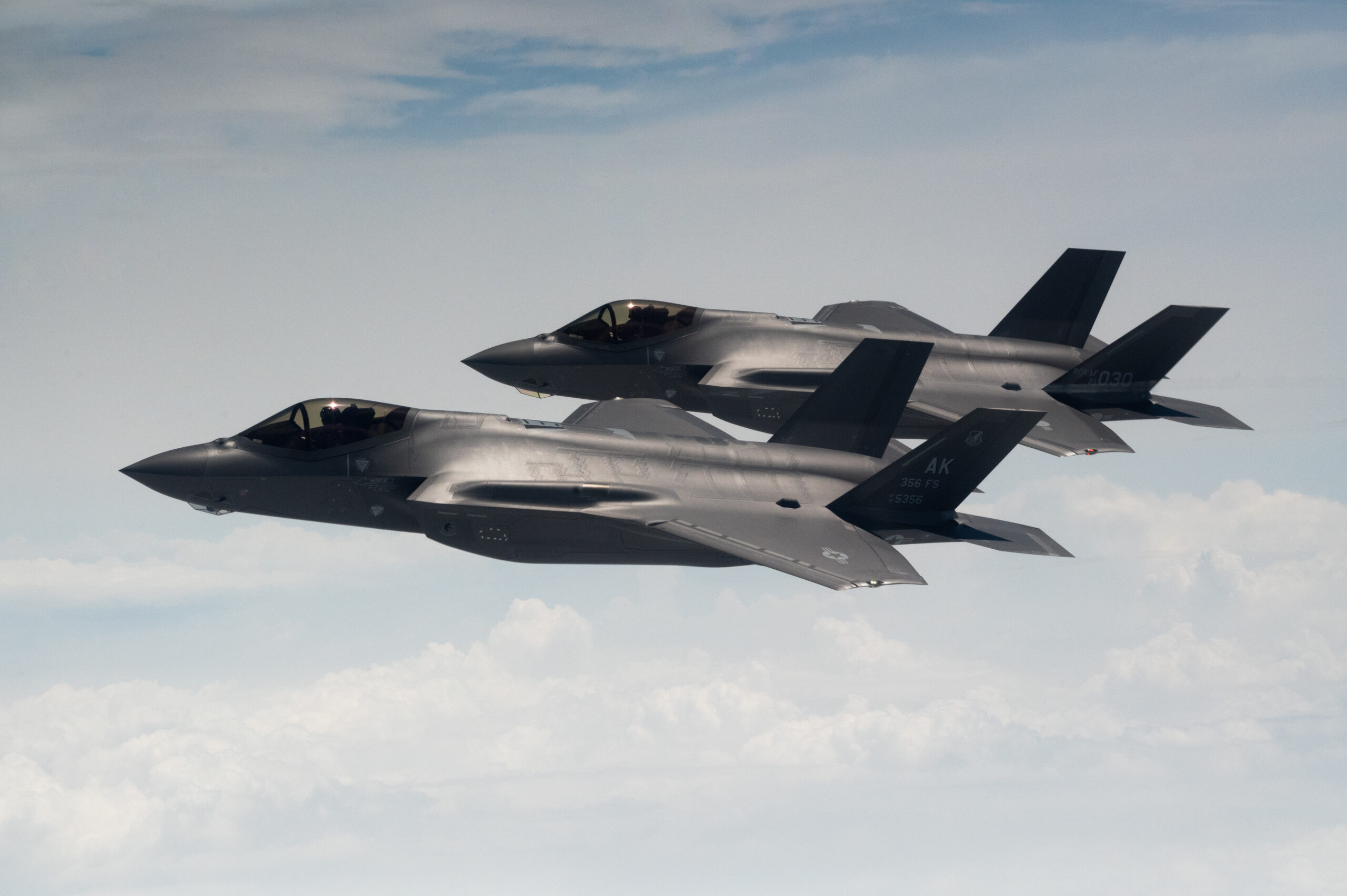
“As we take fourth- and fifth-gen aviation and apply that to sixth-gen, I think you’ll see more managing data,” Kelly added. “This is a skill that the young aviators will master, you know, the eyeball. And then prioritizing their sensors based on the phase of flight that they’re in. And then the teaming that they’ll have with [combat collaborative aircraft] will be on a non-interference basis with the basics of aviate, navigate, radiate, and things like that.”
All told, the ultimate goal for Block 4 is to equip F-35s and their pilots with the resources and tools they need to fight a war on the electromagnetic spectrum and survive. Robust and powerful EW capabilities will be critical in realizing this ambition, which is something that isn’t lost on adversaries either.
In fact, Secretary of the U.S. Air Force Frank Kendall has cited Chinese progress in EW as a particularly worrying concern, one that would surely be a defining factor in any Indo-Pacific conflict. In 2021, Kendall said that China has been focusing on “increasing inventory levels and the sophistication of their weapons and modernizing redundant systems throughout the kill chains that support their weapons.” Aerial electronic warfare capabilities specifically are an area that China is advancing in as of late.
Kelly shares similar sentiments in this regard.
“World War II Army Gen. Montgomery had a very famous quote where he said, ‘If we lose the war in the air, we’ll lose the war and we’ll lose it quickly,’” Kelly said. “And I would offer it today, this many years later, if we lose the war on the electromagnetic spectrum, we’re going to lose the war and lose it quickly. E-7 and EC-37, which I would frankly say the EA-37 because it attacks, and the power behind the Block 4 F-35 and the power behind EPAWSS, are the lines of effort that our Air Force has to go after.”
Kelly calls out the E-7 Wedgetail and EC-37 Compass Call aircraft because both platforms will also play important roles in U.S. operations on the electromagnetic spectrum alongside Block 40 F-35s. The Wedgetail is the Air Force’s new airborne early warning and control aircraft designed to provide 360-degree coverage of multi-domain threats, and the Compass Call mission is centered around providing stand-off electronic warfare jamming support as well as secondary intelligence-gathering functionalities. He also mentions the F-15’s Eagle Passive-Active Warning Survivability System (EPAWSS), which is the type’s powerful new electronic warfare suite designed by BAE Systems that will be installed on the F-15E and F-15EX. It provides self-protection and advanced situational awareness for the Eagle and additional force multiplying features.

As for when exactly Block 4 F-35s will enter the EW arena, the current goal is for TR-3 to roll out with new production Lot 15 through 17 F-35 deliveries. Lockheed Martin is hoping to begin delivering Lot 15 jets in mid-2023. According to Air Force budget justification documents for Fiscal Year 2023, all F-35s from Lot 5 to Lot 14 will be retrofitted with TR-3.
Then, the corresponding Block 4 upgrades to follow aren’t projected to wrap until 2029, if everything goes as intended. Block 4 will be introduced beginning with Lot 17 F-35s.
“I don’t think it’s going to be as soon as we want it. I think it’s going to be soon enough for our needs.”
Author’s note: Howard Altman contributed to this report.
Contact the author: Emma@thewarzone.com
